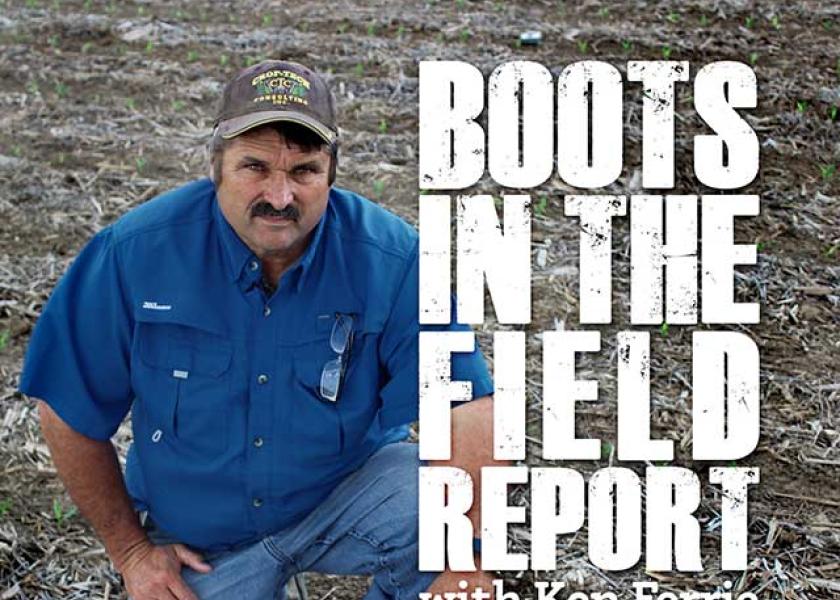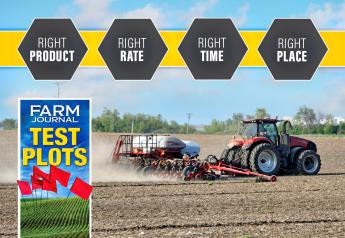Ferrie Answers Farmers’ Questions About Sulfur

This time of year, Farm Journal Field Agronomist, Ken Ferrie starts fielding questions from farmers who are starting to plan for the next season. In this edition of the Boots In The Field Report, Ferrie addresses a variety of questions he’s had pertaining to sulfur.
Ferrie, who owns Crop-Tech Consulting, Inc. near Heyworth, Ill., says the right product—sulfate versus elemental sulfur—and the correct timing, placement and rate will need to vary depending on the situation. "With sulfur, there’s no one-size-fits-all method of treatment," Ferrie says.
Pay the carbon penalty. If a sulfur deficiency shows up in corn shortly after emergence, the cause might be the carbon penalty. The carbon penalty occurs when soil sulfur levels are adequate, but there is an abundant supply of old crop residue, as with continuous corn. With all that food available, microbial populations explode. Because the microbes use sulfur, they temporarily immobilize the supply in the soil. That sulfur becomes available again later, after the microbes die and decompose, but the plants experience a deficiency through six or seven growth stages.
Sulfur deficiencies early in the growing season are especially troublesome. "Plants need sulfur throughout the vegetative growth stages. Since sulfur is not mobile in the plant, early uptake is crucial. A deficiency at that time will cause stunting and shortened internodes. So be aggressive about correcting early-season deficiencies," Ferrie says.
Listen below for more of Ferrie’s sulfur insights and recommendations.







